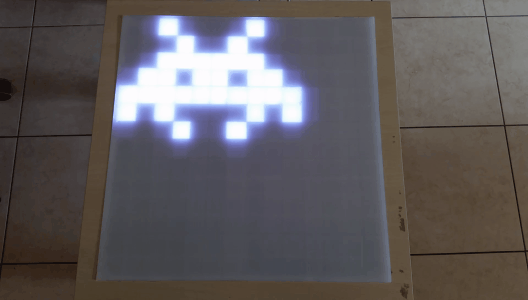Disclaimer: the following refers to some cheap USB chargers which may not comply with local safety regulations and could pose a hazard. All you do is at your own risk and I cannot be held responsible for use or abuse of those chargers.
1. Introduction
A few months ago, I stumbled upon a Hackaday post presenting the QC2Control library by Timo Engelgeer (Septillion), which makes it very easy to turn a Qualcomm Quick Charge 2.0 compatible USB charger into a 9V or 12V power supply. I used that trick successfully to power a small project that required both 5V and 12V, and its simplicity made me want to dig a bit further into Qualcomm's Quick Charge technology.

As you may know, Quick Charge 3.0 adds the possibility to request any voltage between 3.6V and 12V (with 0.2V steps), and with some QC3 chargers available for less than 4 EUR, throwing in an Arduino clone and a few resistors make a very affordable way to power devices with custom voltages. Of course, for that price, don't expect top notch precision, protection, or power, but it is more than enough for most DIY projects, and the adjustable voltage can compensate voltage loss in long power lines (think wired sensors far from alarm system for example).
So I decided to try and see if QC3 could be controlled similarly to QC2. (Spoiler: it is the case, but required a few adjustments.)



